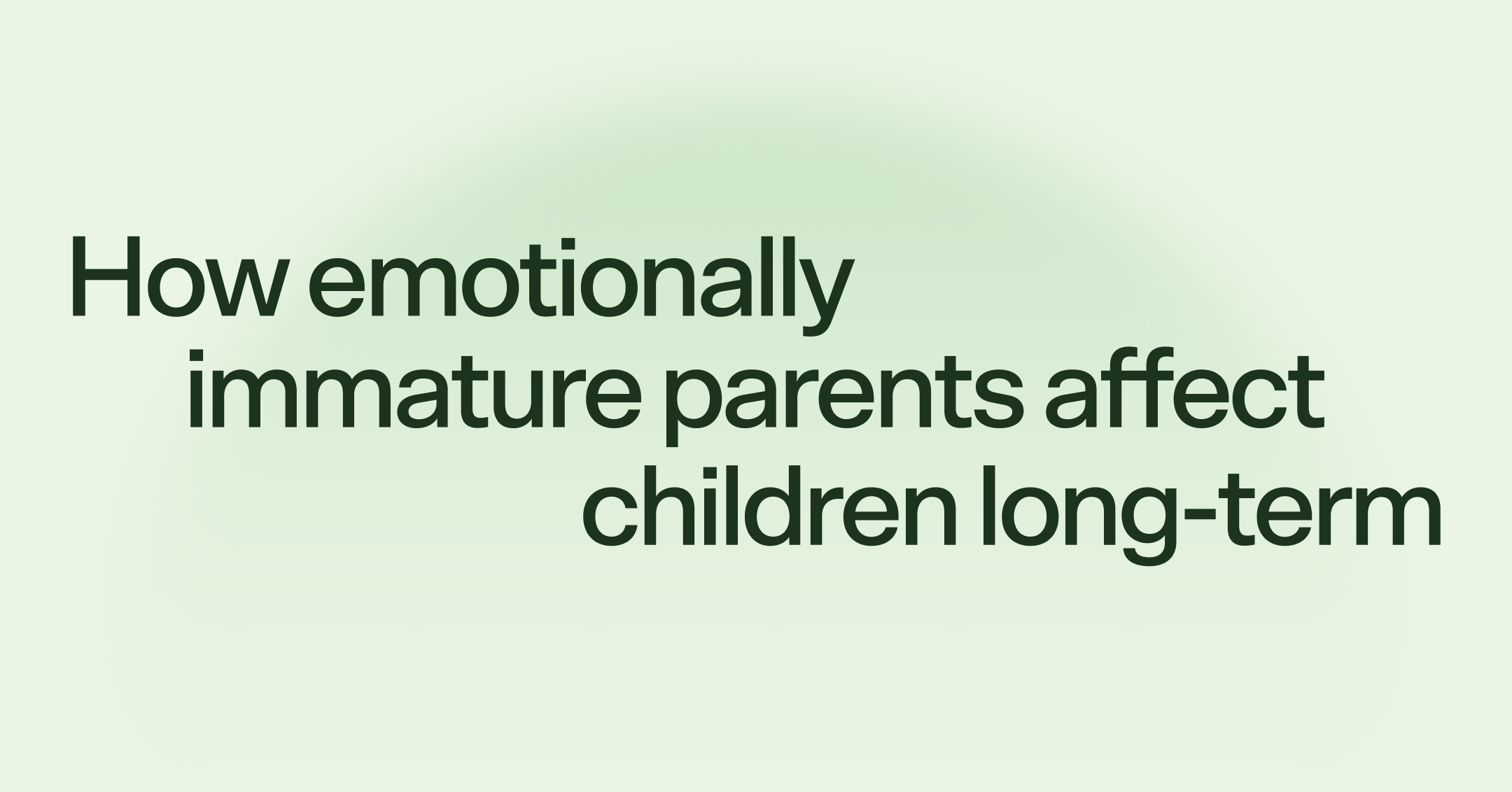Emotional flashbacks are a symptom of PTSD. They can cause you to re-experience the same distressing emotions you felt during a traumatic event.
An emotional flashback can be harder to spot than other types of flashbacks. This is because emotions are largely an inner experience.
Knowing your triggers, practicing breathwork, and naming your flashbacks can make them easier to manage. But if you need additional support, talking to a trauma-informed therapist or psychiatrist can help.
After experiencing trauma, many people recover with some time and the right support. But for others, the effects of trauma can last long after the event is over. When this happens, a person may develop post-traumatic stress disorder (PTSD). This is a serious mental health condition that typically requires professional help to overcome.
PTSD can cause a person to have strong physical and emotional reactions to anything that triggers memories of the trauma. This response is known as a flashback, and it can come in different forms. Physical flashbacks occur when the body responds as if it’s in danger. For example, you might experience a racing heart, shaking, or sweating.
Emotional flashbacks are a sudden rush of the same intense feelings you experienced during a traumatic event. Physical and emotional flashbacks can occur at the same time. But emotional flashbacks might be less obvious. Learning more about emotional flashbacks (and other symptoms of PTSD) can help you know when to seek support.
Signs of experiencing an emotional flashback
Emotional flashbacks can feel different from person to person. They don’t always follow the same pattern in terms of duration or intensity. Sometimes, emotional flashbacks can be visible to others — especially if accompanied by physical symptoms. But because emotions are a largely internal experience, emotional flashbacks can be harder to detect.
Here’s what an emotional flashback might feel like:
You feel a sudden rush of intense emotions whenever something reminds you of the traumatic event. This might include shame, embarrassment, fear, anger, or another strong emotion.
When you’re triggered, you feel stuck or trapped. Emotion overwhelms you, and you feel powerless or out of control.
Logically, you might know that you’re not in danger or at risk of being traumatized again. So you feel confused as to why you’re having this reaction. You might even be questioning your connection to reality.
Your emotional dysregulation is negatively impacting important parts of your life. It’s making it harder to function at home, school, work, or in relationships.
As you review this list of signs and symptoms, you may notice some similarities between emotional flashbacks and panic attacks. Panic attacks are a symptom of panic disorder. Like emotional flashbacks, they’re characterized by sudden bursts of uncomfortable emotions. However, panic attacks don’t always have a known trigger and might not be tied to a traumatic event.
The care you need, when you need it
Learn how Rula can support your mental health journey
Underlying causes of emotional flashbacks
Emotional flashbacks occur in response to a trauma trigger, often an external stimulus. This can include things like a certain odor, visiting a location that reminds you of the traumatic event, or an important anniversary.
Some underlying neurological processes also may play a role in emotional flashbacks. Your brain has a built-in “threat-detection system” known as the amygdala. When a person experiences trauma, the amygdala may stop working properly. So your brain might not be able to tell the difference between past and present danger.
The prefrontal cortex may also shut down when you’re exposed to a trigger. This is the part of your brain that controls memories, emotions, and other aspects of high-level thinking. These interruptions in brain activity can lead to intense dysregulation, often manifesting as emotional flashbacks.
What you can do about emotional flashbacks
If you’re struggling with emotional flashbacks, these tips can help:
Before a flashback: Identifying your triggers can make it easier to manage them. Try to think about what people, places, situations, and sensations might lead to an emotional flashback for you. While you may not be able to avoid your triggers entirely, knowing them ahead of time can help you prepare to navigate them.
During a flashback: If you find yourself in a flashback, try to do your best to stay grounded. Focus on your breath, slowly inhaling and exhaling. Also, naming your flashback can help you feel more in control. Say something to yourself like, “I’m having an emotional flashback. Right now, I’m safe, and this feeling won’t last forever.”
After a flashback: If you’re struggling with flashbacks of any kind, know that you’re not alone. A trauma-informed therapist or psychiatrist can help you understand the source of your flashbacks. Together, you can work on coping skills and explore resources to help you manage flashbacks and other symptoms.
Rebuilding trust with your emotions takes time. Start by noticing small moments when your body feels calm and safe. Those moments remind you that your emotions aren’t your enemy, they’re signals guiding you toward healing.

Brandy Chalmers, LPC
Clinical reviewer
Find care with Rula
Flashbacks are one of the core symptoms of PTSD. And while they may be more subtle than a physical flashback, they can take a toll on your mental well-being. Fortunately, you can learn how to manage emotional flashbacks before, during, and after they happen. And if you need additional support, a trauma-informed therapist or psychiatrist can help.
At Rula, we’re committed to delivering a comprehensive behavioral health experience that helps people feel seen and understood so they can get back to feeling their best.
Rula makes it easier to find a licensed therapist or psychiatric provider who accepts your insurance so you don’t have to choose between affordable care and excellent care. With a diverse network of more than 15,000 providers, 24/7 crisis support, and appointments available as soon as tomorrow, we're here to help you make progress — wherever you are on your mental health journey.
Rula's editorial process
Rula's editorial team is on a mission to make science-backed mental health insights accessible and practical for every person seeking to better understand or improve mental wellness.
Members of Rula’s clinical leadership team and other expert providers contribute to all published content, offering guidance on themes and insights based on their firsthand experience in the field. Every piece of content is thoroughly reviewed by a clinician before publishing.




